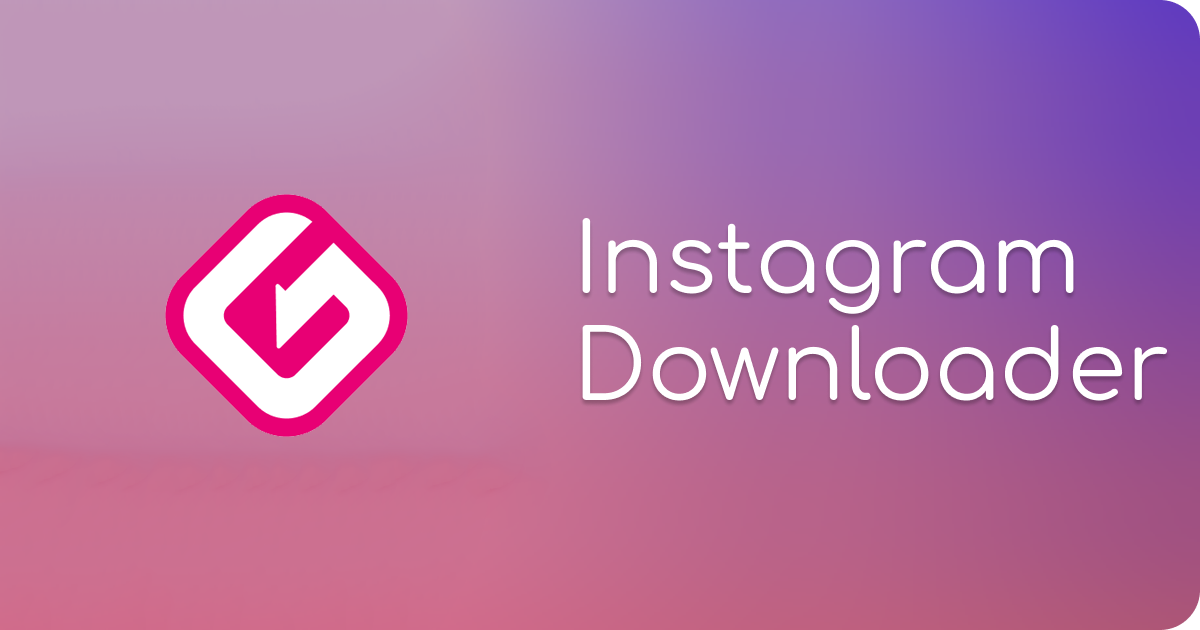
Common Challenges in the Workplace to Overcome
Being in the workplace is not always easy, especially when you face challenges. Many types of challenges can affect your work, but there are some common ones that you may encounter. In this article, we’ll discuss some of those, how you can overcome them, and the benefits of diversity and inclusion in the workplace.
Unconscious Biases Are More Common Than We Realize
Unconscious biases are more common than we realize. They’re a natural part of the human brain and can seriously affect how people process information. So when you don’t think about what you’re doing as racism or sexism, it makes it easier to act without thinking twice.
But there are ways to combat these unconscious biases. To start with, try focusing on your body language when interacting with someone who looks different from you. For instance, if they seem uncomfortable or nervous around you because of the way that you look and act—no matter which gender or race—it could be a sign that there is an issue that needs addressing before it gets worse later down the road.
‘Cultural Fit’ Can Be Discriminatory
The term “cultural fit” is often used to describe a candidate’s personality, but it can be used as a proxy for race or gender. It’s an easy way to screen out candidates who don’t seem like they belong to your team.
“When diversity and inclusion work together, they improve the job experience for employees. But they also improve the performance of the company as a whole.” says Intuit experts.
But that’s no good! Cultural fit can be problematic in the workplace because it can discriminate against people based on their race or gender—and that’s illegal. Avoid this pitfall by not asking questions about culture fit during interviews and instead focusing on skills and qualifications.
Diversity Should Go Beyond The Basics
Diversity should go beyond the basics. Diversity is not just about race, gender, and sexual orientation. Diversity is also about what you know, not just who you are; who you know, how you think and what you do.
It’s important to note that diversity isn’t a one-size-fits-all concept. It can take on many different forms: an individual’s background or experience with a particular topic, their ability to relate to others’ differences or even their willingness to try new things.
Improving Diversity And Inclusion In The Workplace Leads To Better Business Outcomes.
Diversity and inclusion initiatives in the workplace have improved employee engagement, company culture and customer satisfaction. However, the benefits of diversity go beyond making your organization look more presentable in our world.
Studies show that diverse workplaces lead to better decision-making, problem-solving, innovation and sales. Diverse groups are also more creative than homogenous groups, which makes sense when you consider how much information is exchanged between people from different backgrounds, cultures or experiences when they come together.
A workplace is an excellent place for you to learn and grow. It’s where you can connect with others on a personal level and build friendships that last for years. Workplace relationships can be challenging to navigate, especially if you aren’t used to interacting with so many different people daily.








